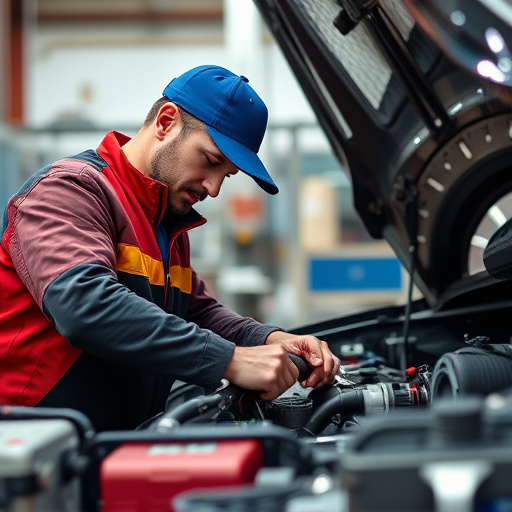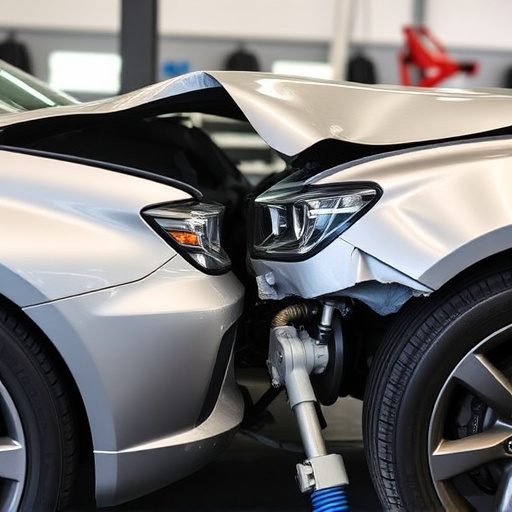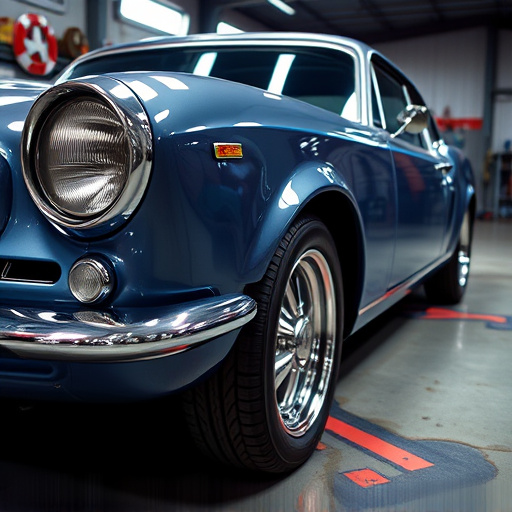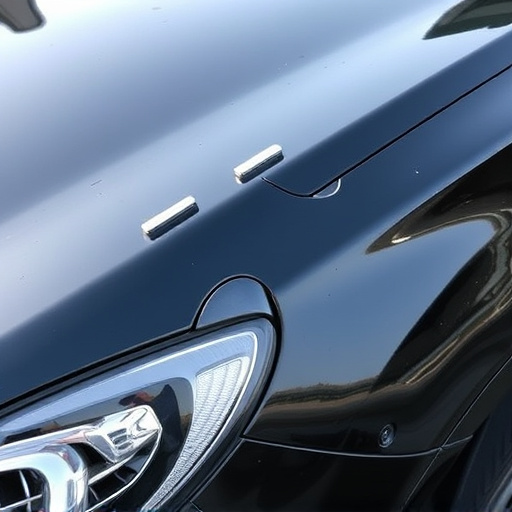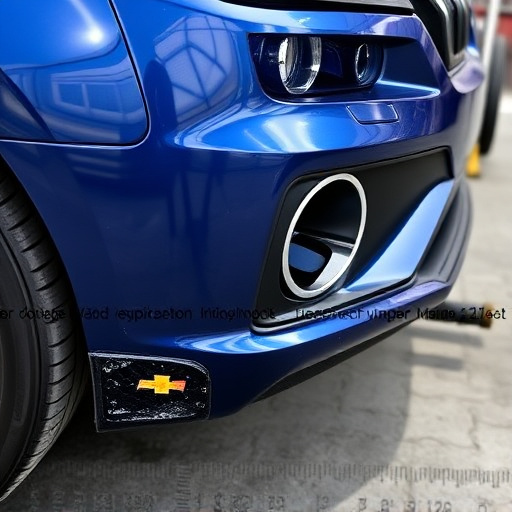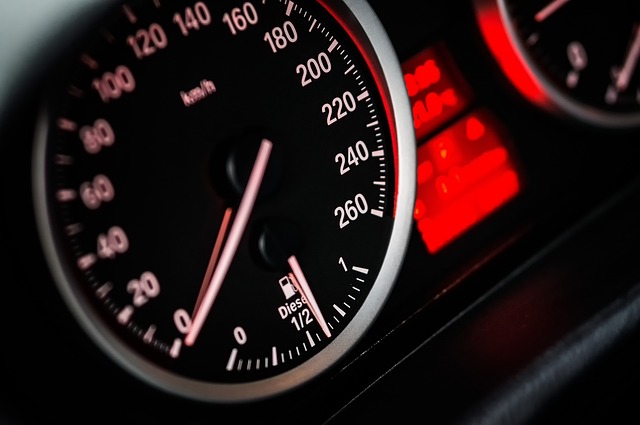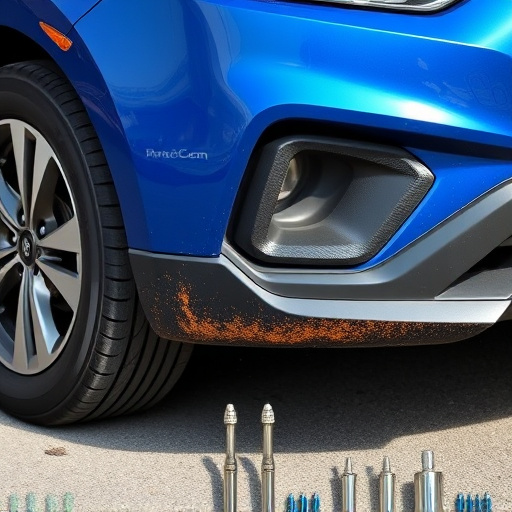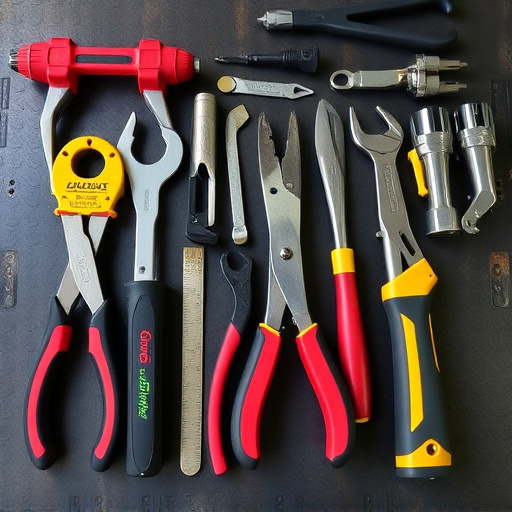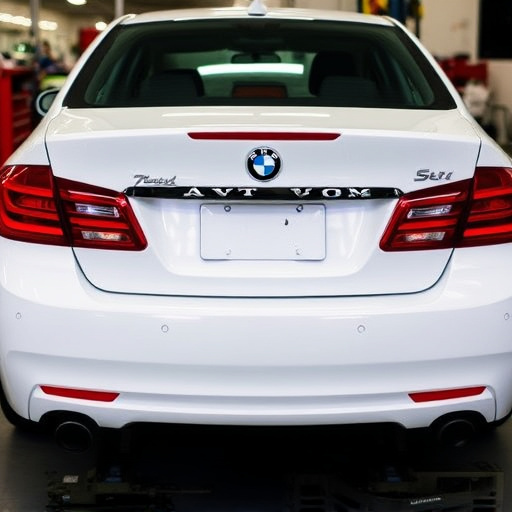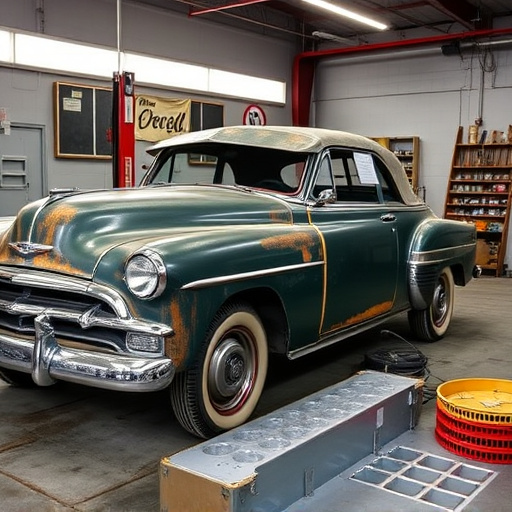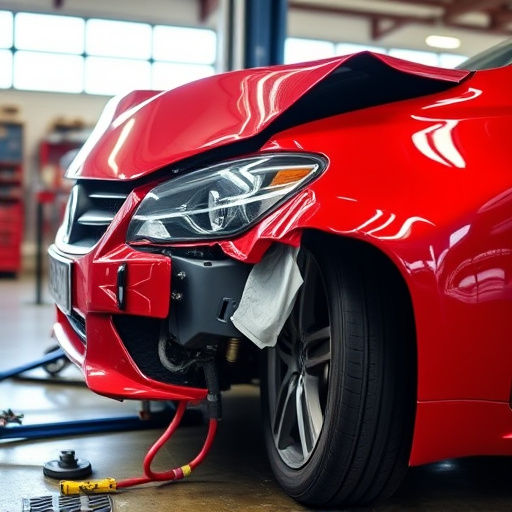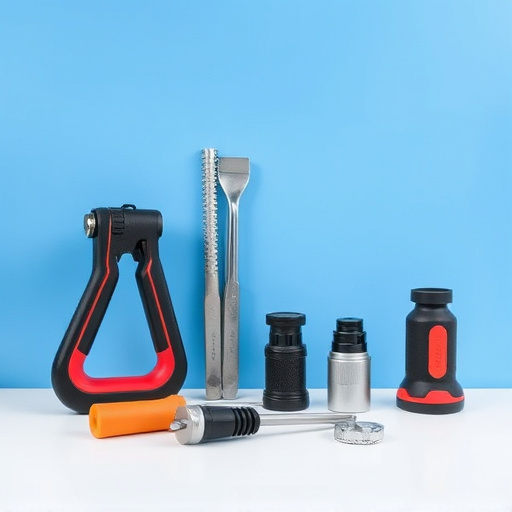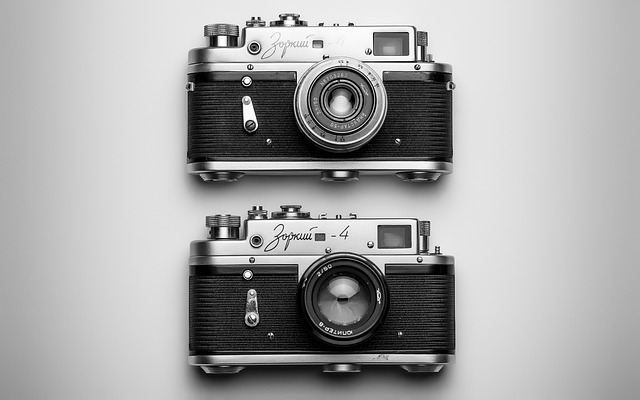Choosing between plastic and metal for Mercedes bumper repair balances aesthetics, functionality, and safety. Plastic offers lightweight design, easier repairs, and enhanced fuel efficiency but may crack upon impact. Metal provides superior strength but is heavier and more time-consuming to repair. The optimal choice depends on Mercedes model, repair approach, and damage extent, requiring specialized tools and OEM parts for effective repair. Meticulous attention to detail ensures both appearance and durability, meeting the brand's high standards in precision engineering and design.
When it comes to Mercedes bumper repair, choosing between plastic and metal is crucial. This article delves into the material considerations, highlighting the unique advantages and disadvantages of each for your luxury vehicle. We explore how to effectively repair these components while matching Mercedes’ stringent standards. Whether you’re a professional or an enthusiastic DIYer, understanding these differences will ensure top-notch repairs for your prized Mercedes.
- Plastic vs Metal: Material Choice for Mercedes Bumpers
- Advantages and Disadvantages of Each Material
- Repair Techniques: Matching Mercedes' Standards
Plastic vs Metal: Material Choice for Mercedes Bumpers
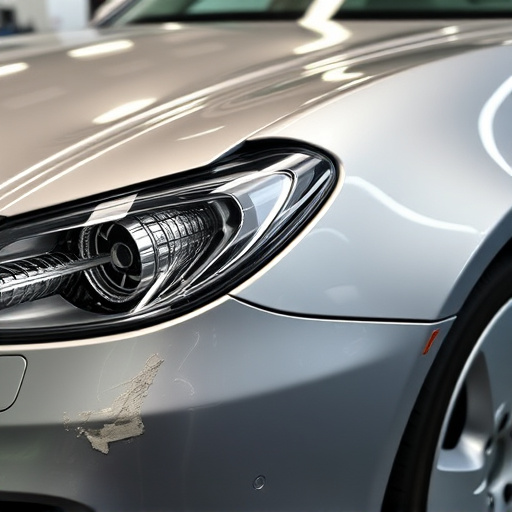
When it comes to Mercedes bumper repair, the choice between plastic and metal is a significant decision that impacts both aesthetics and functionality. Plastic bumpers have gained popularity in recent years due to their lightweight nature and ease of repair. In many modern Mercedes models, plastic components are strategically used to reduce vehicle weight, enhance fuel efficiency, and provide a more streamlined design. A benefit for owners is that minor bumps and dents can often be addressed through paintless dent repair techniques, preserving the original look without extensive automotive body work.
On the other hand, metal bumpers have been the traditional choice, known for their durability and strength. Metal offers superior protection in case of a collision, as it can withstand more significant impacts before deforming. However, metal repair often involves more intricate processes, such as welding and panel replacement, especially if there is extensive damage. While these repairs may be more costly and time-consuming, they ensure the vehicle’s structural integrity remains intact, crucial for safety and resale value in case of future accidents. The choice between plastic and metal depends on the specific Mercedes model, desired repair approach (like paintless dent repair), and the extent of collision damage encountered during a Mercedes bumper repair.
Advantages and Disadvantages of Each Material
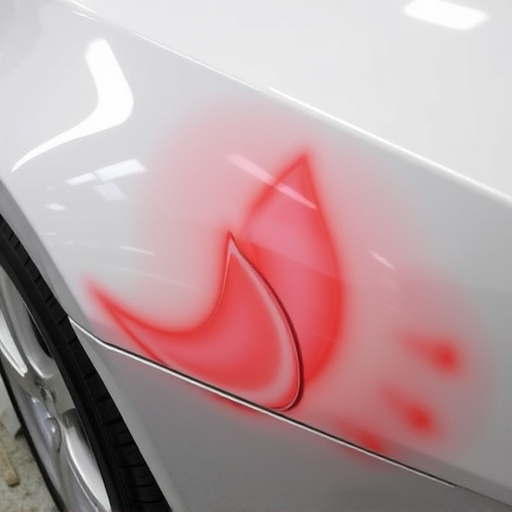
When it comes to Mercedes bumper repair, choosing between plastic and metal is a significant decision that can impact both aesthetics and durability. Plastic bumpers have gained popularity due to their numerous advantages. Firstly, they are lightweight, making them easier to handle during repair processes like frame straightening, which is often required in autobody repairs after auto collisions. This lighter weight also translates into reduced energy absorption during impacts, potentially leading to more severe damage to the vehicle’s structure and other components. However, plastic bumpers can be more susceptible to cracking or breaking upon impact, especially when compared to metal bumpers. They may require specialized tools and techniques for effective repair, ensuring that original equipment manufacturer (OEM) parts are used to maintain structural integrity.
On the other hand, metal bumpers offer superior strength and durability. Made from materials like steel or aluminum, they can effectively dissipate energy during a collision, enhancing safety features in an auto collision center. Metal bumpers are also more resistant to warping or deforming over time, retaining their shape even after minor bumps and scratches that could affect plastic bumpers’ appearance. However, metal bumpers tend to be heavier, which might complicate frame straightening procedures in autobody repairs. Their weight can also make vehicles feel less agile, impacting the overall driving experience. Additionally, metal bumpers may require more intricate repair processes, as they often involve precise welding techniques to ensure a seamless fit and restore the vehicle’s original condition.
Repair Techniques: Matching Mercedes' Standards
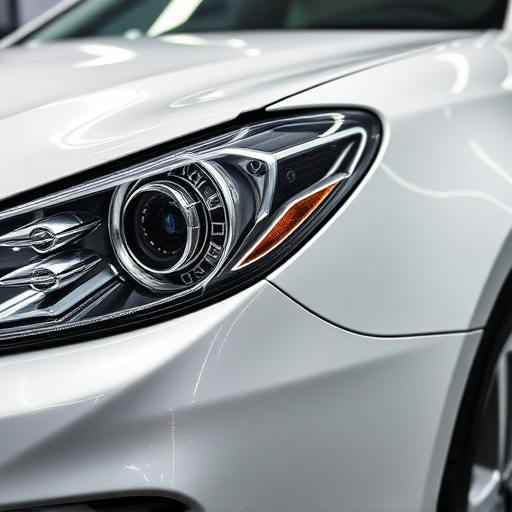
When it comes to Mercedes bumper repair, adhering to the brand’s high standards is paramount. Mercedes vehicles are renowned for their precision engineering and sleek design, so using appropriate repair techniques is crucial. For plastic bumpers, specialized automotive restoration methods are employed to match the original specifications precisely. This involves intricate sanding, priming, and painting processes to ensure a flawless finish that aligns with Mercedes’ stringent quality controls.
In contrast, metal bumpers require a different approach in vehicle repair services. Skilled technicians use precision tools and techniques to straighten and reshape the bumper, maintaining its structural integrity while achieving a seamless fit. After repairs, a careful application of primer and paint is essential to preserve the metallic appearance and durability, meeting the brand’s expectations for automotive repair.
When it comes to Mercedes bumper repair, understanding the distinct characteristics of plastic and metal materials is key. Plastic offers flexibility, impact resistance, and cost-effectiveness, while metal provides strength, durability, and a classic aesthetic. Each material has its advantages and disadvantages, requiring tailored repair techniques to match Mercedes’ high standards. For accurate and reliable Mercedes bumper repair, choosing the right approach based on material type ensures a seamless restoration that maintains both structural integrity and cosmetic appeal.
